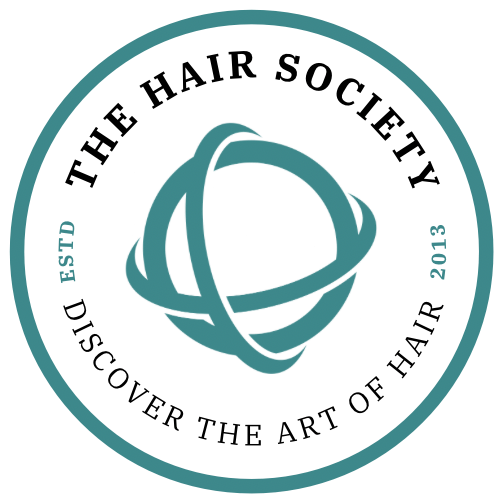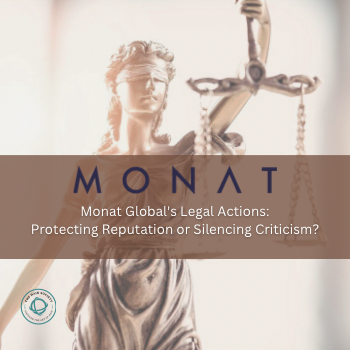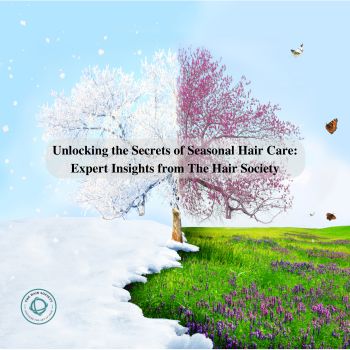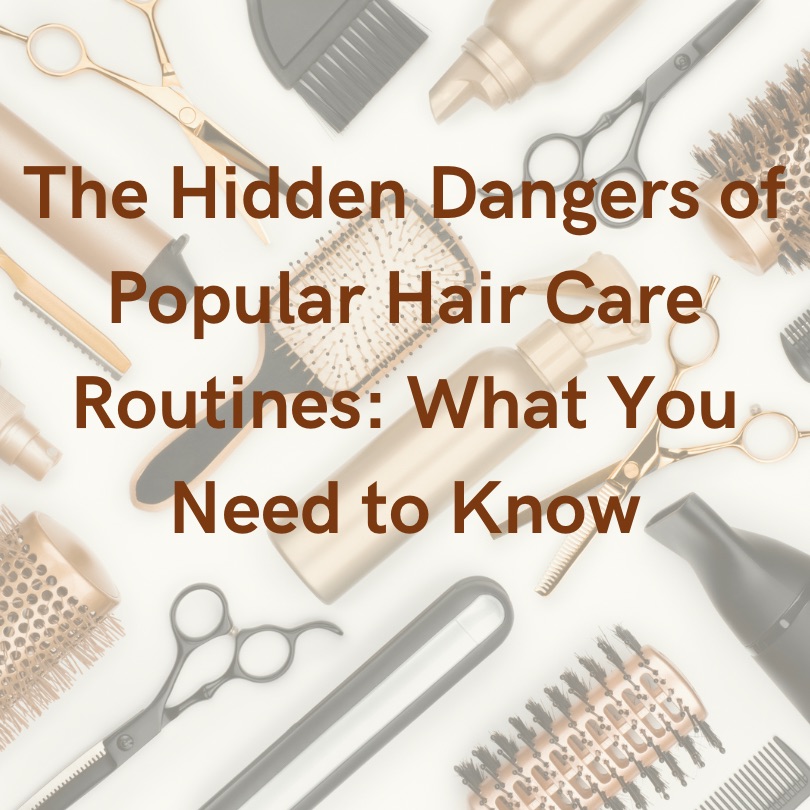It’s a well-known fact that pregnancy brings about significant changes to a woman’s body, but one area that often goes undiscussed is hair health. During pregnancy, many women report that their hair feels thicker, more vibrant, and healthier than ever before. However, it’s after the baby is born that the real hair-related challenges can occur. Postpartum hair loss, also known as telogen effluvium, affects a significant number of new mothers and can be quite distressing.
So, why does hair loss occur after pregnancy, and what can you do about it? Let’s explore this phenomenon.
Hormones and Hair Health
Under normal circumstances, each hair on your head follows a specific growth cycle which consists of a growth phase (anagen), a resting phase (telogen), and a shedding phase (exogen). At any given time, around 90% of your hair is in the growth phase, while the rest is either resting or shedding.
Pregnancy changes this equation quite dramatically. Increased levels of hormones, specifically estrogen, prolong the anagen or growth phase, resulting in thicker, shinier hair. This is because the extended growth phase reduces the rate at which hair falls out, making it seem as though there’s more hair on your head.
However, after childbirth, hormone levels drop significantly, and the hair that was in the extended growth phase shifts into the resting phase. About three to six months postpartum, these resting hairs start to shed, leading to what feels like dramatic hair loss.
The Reality of Postpartum Hair Loss
While postpartum hair loss can be quite shocking, especially for first-time mothers, it’s important to remember that it is a temporary phase. The hair that falls out was supposed to shed during pregnancy but was held back by increased hormone levels. Therefore, what feels like hair loss is actually just a return to the normal hair growth cycle.
Postpartum hair loss typically peaks around four months after childbirth and gradually diminishes over the following months. By the time your baby is one year old, your hair should return to its pre-pregnancy state.
Managing Hair Loss Post-Pregnancy
Though postpartum hair loss is a natural phenomenon, there are measures you can take to manage it effectively.
1. Maintain a Nutritious Diet: Your diet can greatly influence your hair health. Incorporating foods rich in vitamins and minerals, particularly vitamin E, B-vitamins, and iron, can help support hair growth.
2. Gentle Hair Care: Avoid hairstyles that pull or strain the hair, such as tight ponytails or braids. Minimize the use of heat styling tools, and consider using a wide-tooth comb to prevent breakage.
3. Stay Hydrated: Hydration is essential for overall health, including hair health. Drinking ample water helps in maintaining the hair’s natural shine and preventing dryness.
4. Seek Professional Advice: If you notice that your hair loss is severe or isn’t improving after a year, consult a healthcare provider or dermatologist. They can provide you with appropriate treatments or rule out any underlying medical conditions causing excessive hair loss.
Final Thoughts
Though postpartum hair loss can be a distressing experience, remember, it’s a normal part of the post-pregnancy journey. As hormone levels stabilize and your body recovers from childbirth, your hair should return to its pre-pregnancy state. In the meantime, gentle hair care and a healthy diet can support your hair’s health and potentially lessen the impact of postpartum hair loss.
Remember, each pregnancy is unique, and the changes that come with it, including hair health, can vary widely from person to person. Stay patient, take care of your overall health, and embrace the journey of motherhood.




